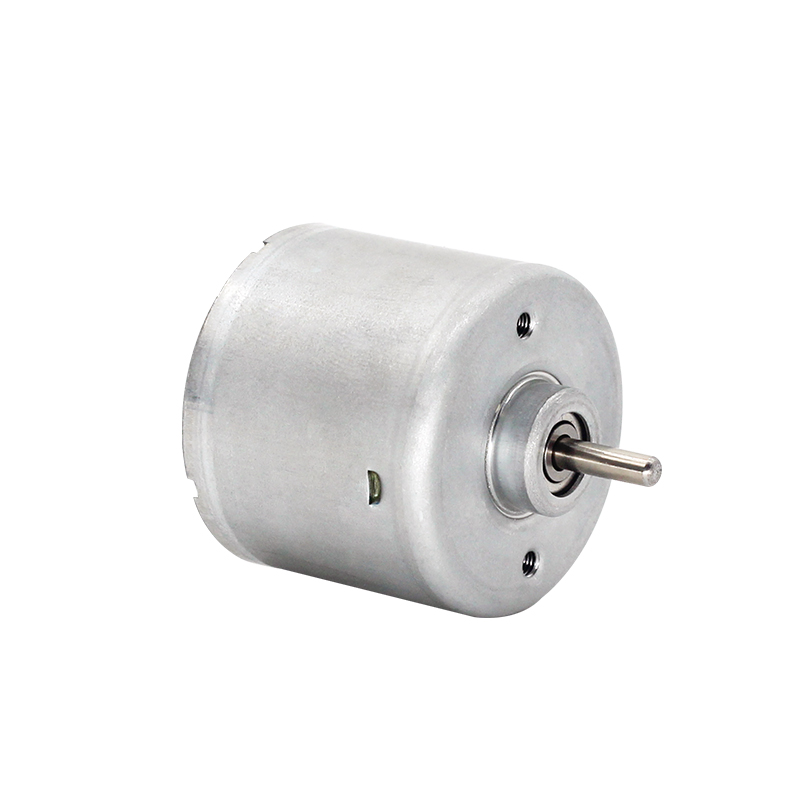Exploring the Power Realm: Typical Operating Voltages and Current Requirements for the 36mm Brushless DC Motor
2024-04-15
The 36mm Brushless DC (BLDC) motor stands as a testament to modern engineering, offering a compact yet powerful solution for various applications. Central to its operation are the operating voltages and current requirements, which determine its performance and efficiency across different scenarios. Let's delve into the intricacies of these crucial parameters and understand how they influence the capabilities of this remarkable motor.
Understanding the 36mm Brushless DC Motor:
Before delving into its electrical requirements, it's essential to grasp the fundamentals of the 36mm BLDC motor. Unlike traditional brushed motors, BLDC motors operate through electronic commutation, offering numerous advantages such as higher efficiency, lower maintenance, and greater reliability. The 36mm variant, distinguished by its compact size, finds applications in a wide range of industries, including robotics, automotive systems, and aerospace.
Operating Voltages:
Operating voltages refer to the range of voltage levels at which the motor can function optimally. For the 36mm BLDC motor, typical operating voltages can vary depending on factors such as design specifications, intended applications, and performance requirements. However, common operating voltages for these motors typically range from 12 volts to 48 volts.
Lower voltage variants, such as 12 volts, are often employed in applications where space constraints or power limitations are a concern. These motors are commonly found in small-scale robotics, consumer electronics, and battery-powered devices, offering efficient performance within a compact form factor.
On the other hand, higher voltage variants, such as 24 volts or 48 volts, cater to applications demanding greater power and torque output. Industries such as industrial automation, automotive systems, and aerospace rely on these motors to deliver robust performance under demanding conditions.
Current Requirements:
Current requirements denote the amount of electrical current drawn by the motor during operation. Similar to operating voltages, current requirements for the 36mm BLDC motor can vary based on factors such as load conditions, speed requirements, and motor specifications.
Typically, the current requirements for these motors range from a few hundred milliamps (mA) to several amps, depending on the specific model and operating conditions. Lower current variants are suitable for applications where power consumption and heat generation need to be minimized, such as portable devices and low-power robotics.
In contrast, higher current variants are employed in applications necessitating greater torque and power output. Industrial machinery, electric vehicles, and heavy-duty automation systems often utilize these motors to achieve high-performance motion control and propulsion.
Conclusion:
In conclusion, the operating voltages and current requirements play a pivotal role in defining the performance and versatility of the 36mm Brushless DC motor. By understanding these parameters and selecting the appropriate voltage and current ratings for a given application, engineers and designers can harness the full potential of these motors across a diverse range of industries and applications. Whether it's powering a miniature robot or driving a heavy-duty industrial machine, the 36mm BLDC motor continues to push the boundaries of what's possible in the realm of electric motion control.



